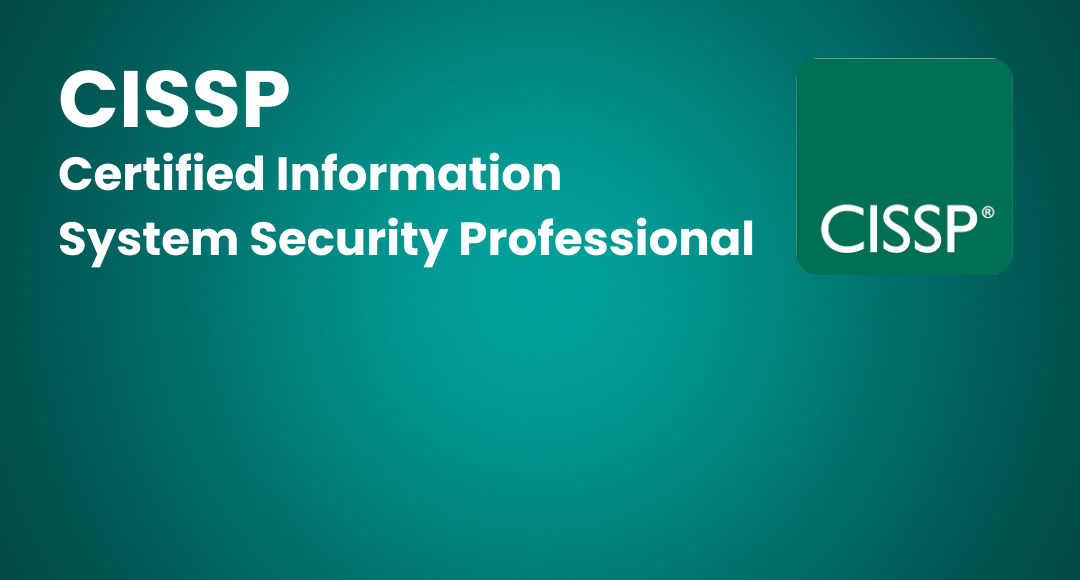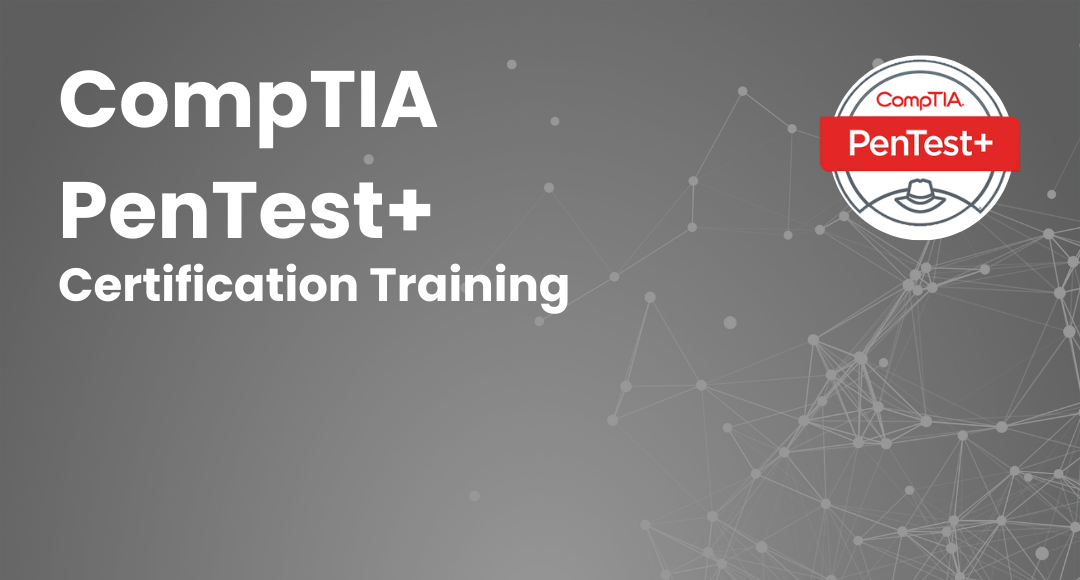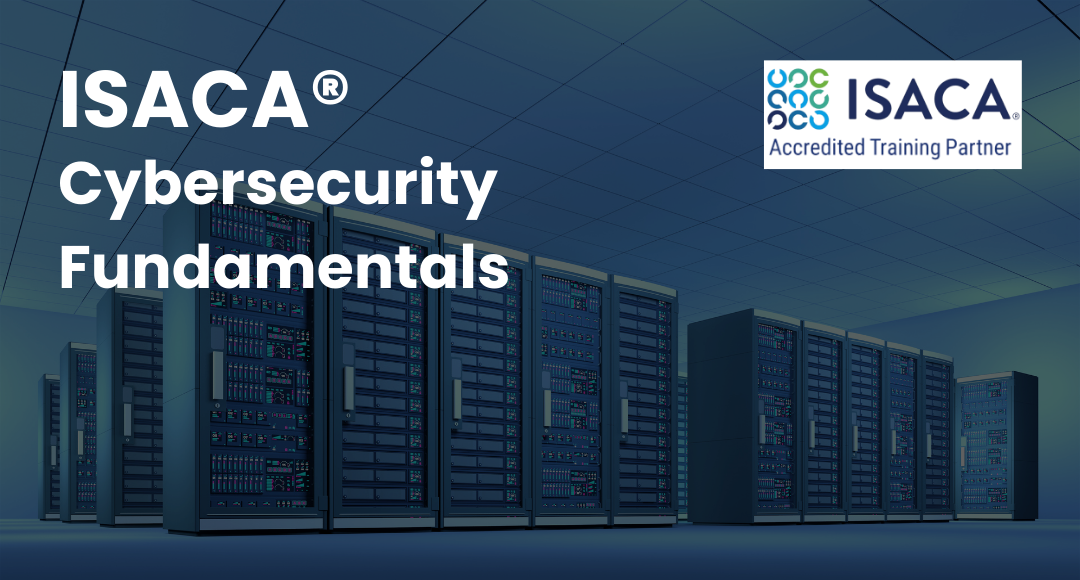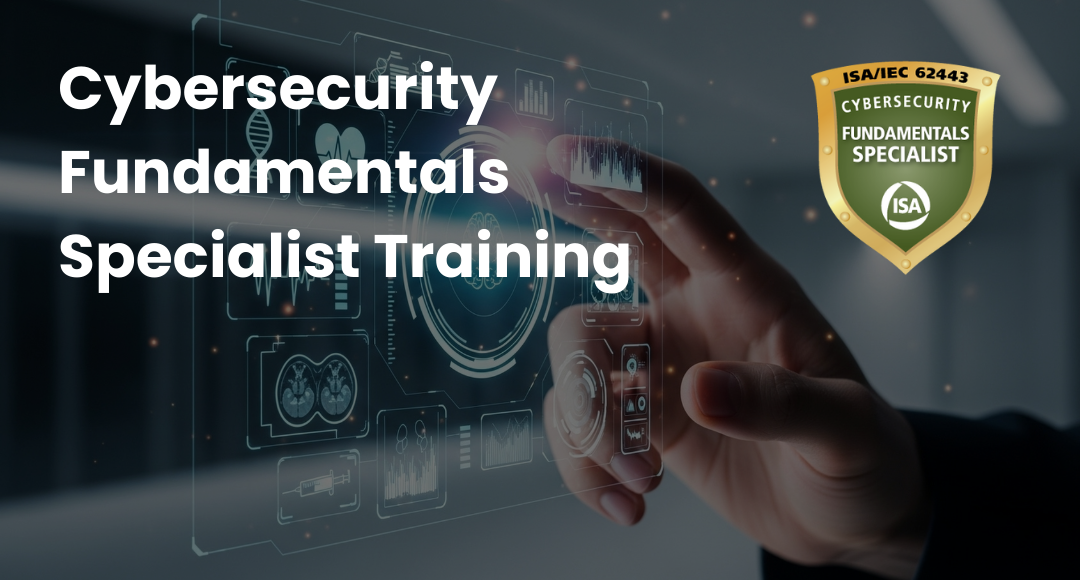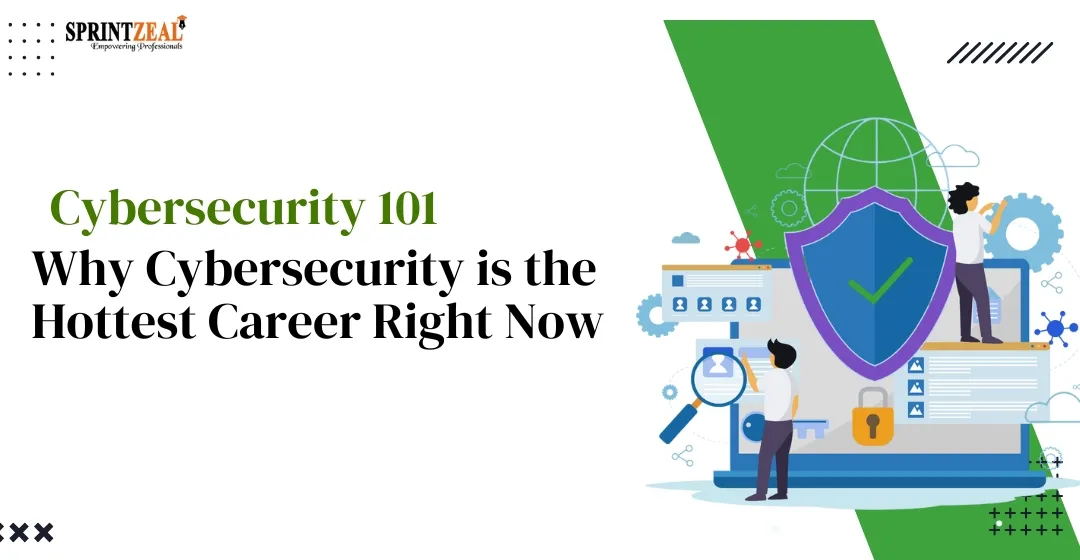Risk-Based Auditing Techniques Explained
-
 By Nchumbeni Yanthan
By Nchumbeni Yanthan - Published on Jan 17 2024

Table of Contents
- Introduction to Risk-Based Auditing Techniques
- Six Steps Involved in Risk-Based Techniques for Internal Audits
- Risk-Based Auditing Techniques Explanation Using Examples
- Advantages of Risk-Based Auditing Techniques
- Risk Identification and Assessment Strategies in Audit Planning
- Creating an Effective Risk-Based Audit Plan
- Advancing Auditing Proficiency with Sprintzeal
- Mastering Risk-Based Auditing Techniques
- FAQs
Introduction to Risk-Based Auditing Techniques
Companies face a variety of difficulties in the dynamic world of business, which needs careful supervision. Risk assessment in audit planning becomes crucial to address these complexities efficiently.
Conventional audit methods may fall short of addressing these complexities. This is where the significance of risk-based auditing techniques shines through. These techniques offer a strategic and adaptable approach to internal audits.
This blog post examines the core ideas behind these methods. It includes an overview, six essential steps, real-world examples, advantages, strategies for identifying risks that work, how to create influential audit plans, and how professionals can improve their auditing skills. Adapt auditing for modern business by being proactive to evolving demands.
Overview of Risk-Based Auditing
A specialized methodology called Risk-Based Audit planning changes audit procedures to the risks that an organization is facing.
By enabling auditors to make cautious resource allocations, prioritise high-risk areas, and provide useful insight, this adaptive approach promotes effective resource utilization and a deep understanding of the organizational risk landscape.
Six Steps Involved in Risk-Based Techniques for Internal Audits
When identifying, evaluating, and managing organizational risks, risk-based auditing techniques for internal audits use a methodical and strategic approach.

The six outlined steps are vital for focused, efficient audits aligned with organizational goals. Let's explore each step:
Risk Identification:
Begin by recognizing and cataloguing a spectrum of potential risks that could impact the organization's multifaceted objectives. This step involves a thorough analysis of internal processes and external factors that may pose challenges.
Risk Assessment:
Evaluate the likelihood and potential impact of identified risks to ascertain their significance. This involves a nuanced analysis of various risk factors, considering their potential implications on the organization's goals and operations.
Prioritization:
Prioritize risks based on a comprehensive understanding of their severity and potential impact on different facets of business operations. This step involves creating a hierarchy to address high-priority risks promptly.
Audit Planning:
Develop a bespoke audit plan tailored to address the prioritized risks. This includes outlining specific audit procedures and strategies to comprehensively evaluate and mitigate identified risks effectively.
Execution of Audit Procedures:
Implement the devised plan by conducting audit procedures that are strategically aligned with the identified risks. This phase involves hands-on evaluation and testing to ensure the effectiveness of risk management measures.
Reporting and Monitoring:
Compile and share with stakeholders the thorough audit findings, suggestions, and insights. Highlight the importance of ongoing observation and evaluation to adjust to the dynamic risk environment. Organizational strength and continual improvement are guaranteed by constant updates and response channels.
Risk-Based Auditing Techniques Explanation Using Examples
Consider an internal audit being conducted by a financial institution to prove how risk-based auditing techniques have been applied. Traditional auditing might involve a uniform examination of all financial processes. However, using RBA, the audit team identifies specific risks, such as fraud in online transactions or regulatory compliance issues.

Advantages of Risk-Based Auditing Techniques
Here are a few advantages to risk-based auditing techniques:
Precision in Risk Addressing: RBA ensures a targeted response, managing risks with precision for organizational resilience and growth.
Optimized Resource Deployment: Allocates audit resources efficiently, focusing on high-risk areas to maximize impact and cost-effectiveness.
Customized Risk Management: Adapts audit procedures for a nuanced approach, addressing an organization's unique risk profile with tailored strategies.
Informed Stakeholder Insights: RBA offers profound insights to stakeholders, aiding strategic decisions with a focused response to specific risks.
Early Issue Recognition: Enables proactive identification of potential issues, promoting a preventive stance for early risk mitigation and management.
Regulatory Compliance Assurance: This systematic approach tackles and controls risks to ensure that an organization complies with regulations, creating a stable and legislation atmosphere.
Risk Identification and Assessment Strategies in Audit Planning
For risk-based auditing techniques to be effective, risks must be effectively identified and evaluated for the best results. Auditors utilize a variety of tactics to guarantee a detailed comprehension of the risk environment.
Generating Ideas Conferences
Organizing brainstorming sessions with key stakeholders can help identify possible risks that routine processes might forget. This collaborative approach enhances the depth of risk identification.
Data Analysis
Auditors can quickly analyze large datasets by using data analytics tools. Potential hazards that might be missed in a manual review can be identified by patterns and differences in the data.
Industry Benchmarking
By comparing the risk profile of the company with industry benchmarks, one can better understand the situation and pin down risks that are particular to and more prominent in a given industry.
Creating an Effective Risk-Based Audit Plan
A well-crafted audit plan is necessary for risk-based auditing techniques to be effective. In addition to aligning with the organization's objectives, the strategy should address observed hazards. Essential factors of a successful audit plan comprise:
Set Goals: Clearly define audit objectives, specifying areas of focus like compliance, efficiency, or risk management.
Prioritize Risks: Identify and rank impactful risks for a focused and efficient audit process.
Distribute Resources: Depending on size the and complexity of the audit, distribute qualified employees and essential resources. Procedural Detailing: For a comprehensive audit approach, create clear procedures that are in alignment with corporate policies and industry standards.
Timeline Planning: To ensure a realistic thorough examination without unnecessary delays, timeline. Stakeholder Communication: Throughout the process, maintain good communication with stakeholders and make sure that audit activities are in line with organizational goals.
Advancing Auditing Proficiency with Sprintzeal
Professionals aiming to improve their auditing skills can learn a lot from the respected Sprintzeal Certified Information Systems Auditor (CISA) certification program. This internationally recognized certification testifies to competence in information systems security, control, and auditing.
The Sprintzeal CISA certification course aligns with the theme of risk-based auditing and covers important topics like risk management, information systems operations and business resilience, and information systems acquisition, development, and implementation.
Auditors can show their dedication to learning the skills required for successful Risk-Based Auditing and staying up to date with industry best practices by earning the CISA certification.
Mastering Risk-Based Auditing Techniques
To sum up, in the fast-paced business world of today, Risk-Based Auditing Techniques provide such a strategic and flexible internal auditing approach. Organizations improve the idea of the public and proactively manage risks by implementing effective risk identification and assessment strategies, being able to comprehend the advantages, integrating practical examples, and complying with the six essential steps.
The alignment of Sprintzeal's CISA certification course with Risk-Based Auditing further empowers professionals to elevate their auditing proficiency and contribute to the success of their organizations.
Advance your auditing journey with our cybersecurity courses. These credentials validate your skills and open doors to new opportunities in the field.
Stay at the forefront of the dynamic cybersecurity landscape by chatting with our experts for course assistance! Get industry updates and insights by subscribing to Sprintzeal's newsletters and ebooks.
FAQs
What is a risk-based approach to auditing?
Procedures for audits are customized to discuss the unique risks that businesses experience. This method identifies, evaluates, and manages risks while guaranteeing up-to-date and thorough coverage.
What are the five types of risk audit approach?
Risks related to finances, operations, compliance, strategy, and reputation are all included in the five categories. Different facets of an organization's objectives and procedures are addressed by each type.
What are the three types of risk in audit?
In auditors, there is an inherent risk that comes with the nature of the business; control risk assesses the effectiveness of internal controls; and detection risk measures the chance of audit detection.
What are the three stages of the risk-based audit process?
The risk-based audit process includes phases for risk assessment, audit planning, constant monitoring, and improvement to ensure efficient risk management and audit performance.
Subscribe to our Newsletters
Popular Programs
CISSP® - Certified Information System Security Professional
Live Virtual Training
- 4 (964 + Ratings)
- 50k + Learners
CISA® - Certified Information System Auditor
Live Virtual Training
- 4.4 (426 + Ratings)
- 2k + Learners
CISM® - Certified Information Security Manager
Live Virtual Training
- 4.4 (200 + Ratings)
- 11k + Learners
CCSP® - Certified Cloud Security Professional
Live Virtual Training
- 4.5 (964 + Ratings)
- 29k + Learners
Trending Posts
What Is Secure Access Service Edge (SASE)?
Last updated on Oct 15 2024
Data loss Prevention in Cyber Security Explained
Last updated on Jun 9 2023
Cybersecurity 101: Why Cybersecurity is the Hottest Career Right Now
Last updated on Jul 7 2025
CISSP Certification – Top 25 Career Benefits in 2026
Last updated on Mar 1 2024
Prevent Cyber Attacks: Strategies to Protect Your Digital Assets
Last updated on Aug 18 2023
Why and How to Perform a Risk-Based Internal Audit
Last updated on Jan 9 2024
Categories
- Other 69
- Agile Management 47
- Cloud Computing 56
- Project Management 173
- Big Data 66
- Business Management 88
- Digital Marketing 78
- IT Service Management 29
- Programming Language 58
- AI and Machine Learning 77
- IT Security 112
- Quality Management 78
- IT Hardware and Networking 26
- Microsoft Program 4
- Workplace Skill Building 13
- Risk Management 9
- Information Security 8
- Leadership and Management 9
- Corporate Training and Development 1
Trending Now
Top 5 Compelling Reasons To Get A Cyber Security Certification
ebookHow to Become IT Security Expert with CISSP Certification
ebookTop 20 Reasons You Should Get a CISSP Certification
ebookWhat is CISSP? – Everything about CISSP Certification Explained
ebookPass CISSP Exam - How to Clear CISSP Exam in First Attempt 2026 (UPDATED)
ebookCISSP Certification – Top 25 Career Benefits in 2026
ebookCybersecurity – Everything You Need to Know About it
ebookUpdated Google Certification Training Course list 2026
ArticleWhich Certification is best for Cybersecurity?
ebookWhich Cybersecurity Certification Should I Get First?
ebookCysa+ certification – Should you get it?
ebookList of Top Security Certifications
ArticleEasiest Security Certification to Get
ebookCISM certification cost and career benefits
ebookCybersecurity Fundamentals Explained
ebookISACA Certifications List 2026
ebookCareer Benefits of CISM Certification in 2026
ArticleList of Top Information Security Certifications in 2026
ebookCISM certification cost details
ArticleMitigate the Cyber-Attack Risks with Best Cyber Security Protocols
ebookCybersecurity Interview Questions and Answers 2026
ebookTop Cybersecurity Software Tools In 2026
ebookInformation Security Analyst - Career, Job Role, and Top Certifications
ebookCyber Security Analyst - How to Become, Job Demand and Top Certifications
ebookWhat is Data Security - Types, Strategy, Compliance and Regulations
ebookData loss Prevention in Cyber Security Explained
ebookCybersecurity Controls Explained in Detail
ebookCybersecurity Framework - A Complete Guide
ebookWhat is Cryptography - A Comprehensive Guide
ebookData Leak - What is it, Prevention and Solutions
ebookCybersecurity Career Paths Guide
ebookFuture of Cybersecurity - Trends and Scope
ebookCyber Security Careers and Outlook - 2026 Guide
ebook5 Cybersecurity Predictions in 2026 - Trends and Challenges
ebookScope for Cybersecurity in 2026 - Latest Update
ebookEthical Hacking Career: A Career Guide for Ethical Hacker
ebookApplication Security: All You Need To Know
ebookCybersecurity Roles - Top Roles and Skills to Consider in 2026
ebookHow to Get Cyber Essentials Certified
ebookTop 10 Cyber Security Threats and How to Prevent Them
ebookTop 10 Network Scanning Tools of 2026
ebookCyber Incident Response Plan: A Comprehensive Guide
ebookInformation Assurance Careers - Exploring Career Paths
ebookWhat is the Department of Defense (DoD) Directive 8140
ebookCybersecurity Mesh Architecture: What It Is and How to Build It
ebookWhat is Threat Modeling? Methodologies, Types, and Steps
ebookWhat is Digital Forensics? Types, Process & Challenges
ebookInformation Assurance Model in Cybersecurity
ebookHow to Become an Information Security Analyst Salary, Skills, and More
ArticleList of Top Department of Defense (DoD) Approved 8570 Certification Courses
ebookTop 5 Ransomware Attacks to Watch Out for in 2026
ebookJob Prospects for DoD Certified Professionals: A Pathway to Success in cybersecurity
ebook10 Biggest Data Breaches of the 21st Century
ebookWhat is a Cybersecurity Incident?-Types, Impact, Response Process and More
ebookCyber Security Planning - A Detailed Guide for Risk Mitigation
ebookWhat is Cybercrime? Exploring Types, Examples, and Prevention
ebookRecent Cyber Attacks & Data Breaches in 2026
ebookCybersecurity Strategy: Building a Strong Defense for Business
ebookCybercrime Impacts On Business: 6 Major Effects
ebook5 Types of Cyber Attacks You Should Be Aware of in 2026
ebookCloud Cyber Attacks: Causes, Types, Prevention and Protection
ebookCloud Malware: Types of Attacks and Security Measure
ebookCyber Attack Statistics and Trends to Know in 2026
ebookList Of Top Cybersecurity Threats In 2026
ebookSafeguarding Digital Domain: 10 Most Common Cybercrimes
ebookDemystifying Cloud-Based Cyber Attacks: A Comprehensive Guide
ebookPrevent Cyber Attacks: Strategies to Protect Your Digital Assets
ebookList of Top 10 Cybersecurity Careers in 2026
ebookTop 20 Cybersecurity Trends to Watch Out for in 2026
ArticleHow to Become Cybersecurity Engineer
ArticleUnderstanding Risk assessment in audit planning
ArticleFundamentals of Risk-Based Auditing: A Strategic Framework
ArticleRisk-based Audit Planning Guide for Beginners
ebookTop 8 Types of Cybersecurity Jobs and Salary Insights
ArticleA Comprehensive Guide to Building Risk-Based Internal Audit Plan
ArticleRisk-Based Internal Auditing Approaches: 7 Steps to Explore
ArticleCompTIA Security+ 601 vs. 701: Understanding Key Differences
ArticleWhy and How to Perform a Risk-Based Internal Audit
ArticleEvolving Cyber Threats and Vulnerabilities in Cybersecurity Risk Management
ArticleWhat Is Secure Access Service Edge (SASE)?
ArticleHow to Stay Cyber-Secure in Work and Personal Life (Tips and Practices)
ArticleIBM Data Breach: Is IBM Really Breach-Proof?
ArticleTarget Cyber Attack: Key Lessons from the 2013 Data Breach
ArticleLinkedIn User Data Protection Explained
ArticleCanva Data Breach: Best Lessons for Users and Businesses
ArticleHow Did Capital One Respond to Their Major Cyber Incident?
ArticleWhat Innovative Measures Did Reddit Take to Protect User Data?
ArticleHow Does Slack Respond to Security Challenges?
ArticleTwitch Data Breach: Response, Changes, and Key Takeaways
ArticleGuess What Google Did When a Employee Breached Their Firmware
ArticleEthical Hacking Tools: Best Ones for Cybersecurity in 2026
ArticleWhat Happened When Cisco Faced a Cyber Incident?
ArticleWhat Sony Did to Rebuild Trust After a Major Cyberattack
ArticleHow to Handle a Data Breach? Learn from Microsoft!
ArticleCybersecurity Mesh: A New Approach for Security Design
ArticleHow Target Turned a Cyber Crisis into a Lesson for All
ArticleDropbox Data Breach: What Companies Can Learn from It
ArticleHow JPMorgan Chase Strengthened Security After Facing Cyber Threats
ArticleThe Future of Online Security: Trends to Watch in 2026
ArticleLatest Trends in CyberSecurity
ArticleTop 12 Cyber Security Apprenticeships with High Earning Potential in 2026
ArticleEnhancing Safety and Competence in Today's Workplace
ArticlePrivacy at Your Fingertips: How iPhone Users Can Use Tools Securely
ArticleAge Matters: Understanding the Generational Gap in Online Safety Education
ArticleCybersecurity 101: Why Cybersecurity is the Hottest Career Right Now
ArticleWhy Cybersecurity Training Should Be Part of Every Professional's Career Plan
ArticleHow to Protect Your Data When Traveling to Countries Like Malaysia?
ArticleTop Online Master's in Cybersecurity Programs for Working Professionals
ArticleHow AI Detectors Strengthen Cybersecurity in Modern Networks
ArticleHow to Become a Cybersecurity Engineer: Step-by-Step Career Guide
ArticleWhy Certification in Risk and Compliance Is Critical in Today’s Financial World
Article

